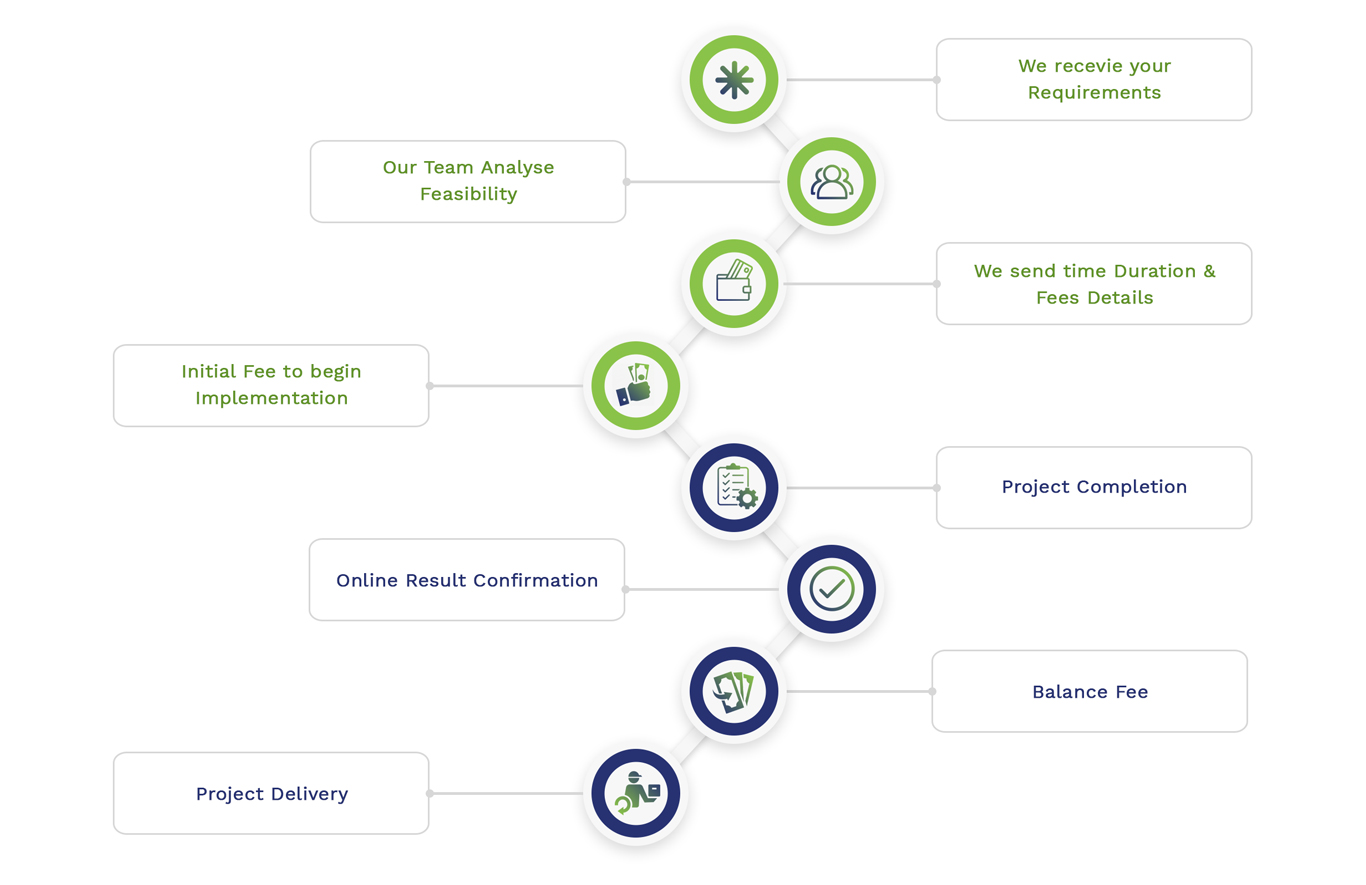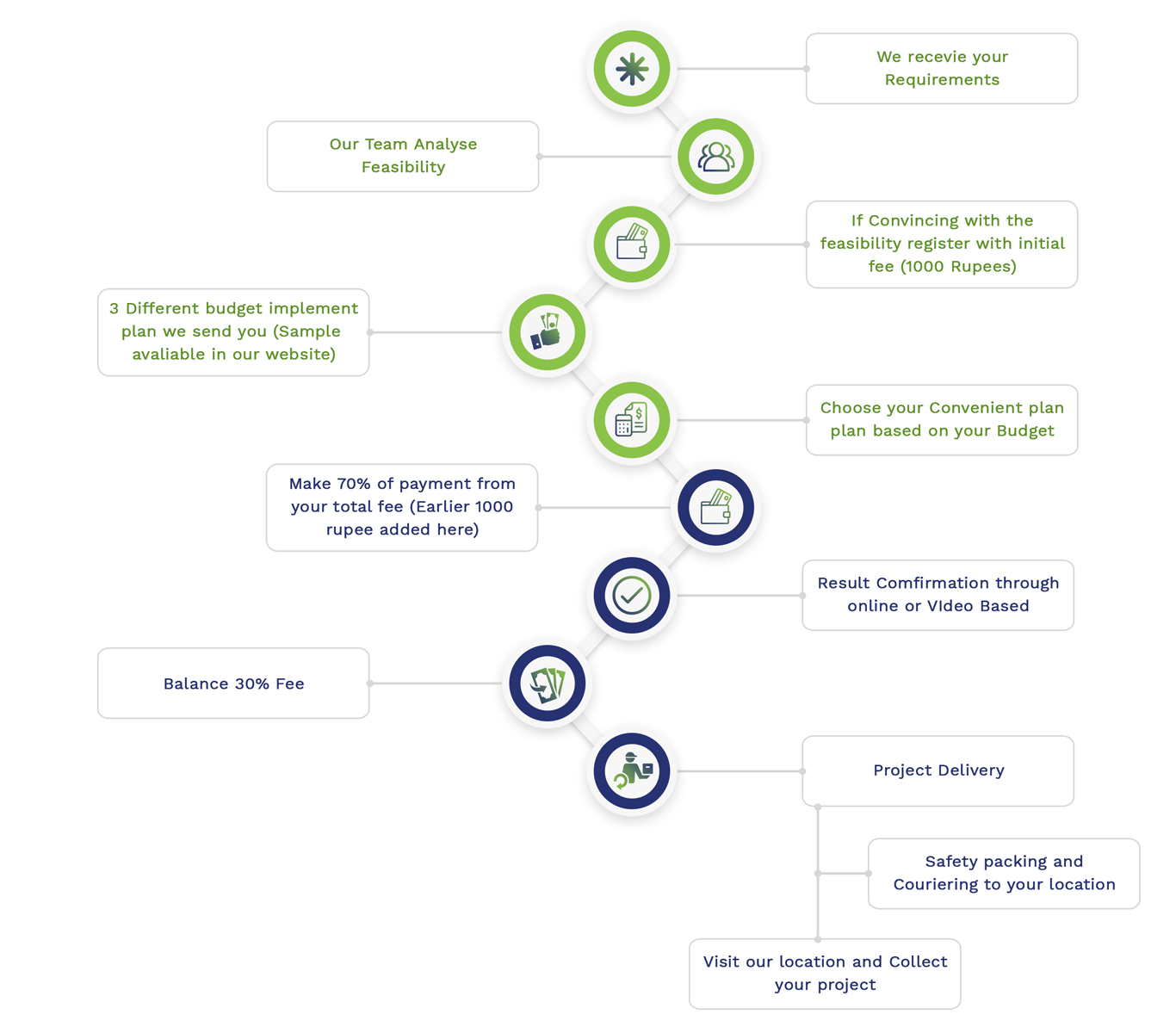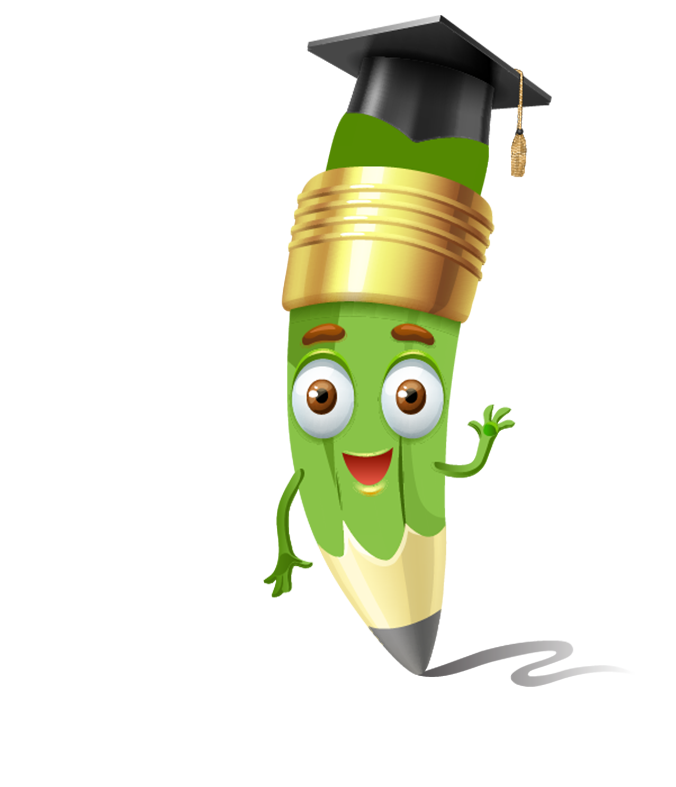K Means Clustering Image Segmentation MATLAB are worked by our developers as it is a high-performance language and it provides collaborative workspace for visualization, numerical computation and furthermore. Drop us all your project details to guide you more and give positive simulation results. In order to carry out image segmentation with the application of K -means clustering in MATLAB, we offer simple and gradual procedures:
Step-by-Step Procedures for Image Segmentation using K-means Clustering
Step 1: Load and Display the Image
Image has to be loaded and exhibited.
% Load the image
img = imread(‘peppers.png’); % Replace with your image file
figure;
imshow(img);
title(‘Original Image’);
Step 2: Remodel the Image into a 2D Array
It is required to remodel the image into an 2D array in which each column indicates a color channel like (R, G, B- Red, Green, Blue) and each row determines a pixel.
% Reshape the image into a 2D array of [number_of_pixels x 3]
pixelData = double(reshape(img, [], 3));
Step 3: Conduct K-means Clustering
The number of clusters (K) has to be selected and we must implement the K-means technique.
% Define the number of clusters
K = 3; % You can change this value
% Perform K-means clustering
[idx, C] = kmeans(pixelData, K, ‘distance’, ‘sqEuclidean’, ‘Replicates’, 3);
% idx contains the cluster index for each pixel
% C contains the cluster centroids (mean colors)
Step 4: Remodel the Cluster Indexes to Develop the Segmented Image
To its corresponding cluster centroid color, we need to label each pixel by using cluster indexes.
% Map each pixel to the centroid color
segmentedImg = reshape(C(idx, :), size(img));
% Convert to uint8 for display
segmentedImg = uint8(segmentedImg);
% Display the segmented image
figure;
imshow(segmentedImg);
title(‘Segmented Image with K-means Clustering’);
Instance of full Code
By including the mentioned entire steps, a detailed code is provided below:
% Load and display the image
img = imread(‘peppers.png’); % Replace with your image file
figure;
imshow(img);
title(‘Original Image’);
% Reshape the image into a 2D array of [number_of_pixels x 3]
pixelData = double(reshape(img, [], 3));
% Define the number of clusters
K = 3; % You can change this value
% Perform K-means clustering
[idx, C] = kmeans(pixelData, K, ‘distance’, ‘sqEuclidean’, ‘Replicates’, 3);
% Map each pixel to the centroid color
segmentedImg = reshape(C(idx, :), size(img));
% Convert to uint8 for display
segmentedImg = uint8(segmentedImg);
% Display the segmented image
figure;
imshow(segmentedImg);
title(‘Segmented Image with K-means Clustering’);
Description
- Load and Display the Image: Real image is loaded and exhibited in an effective manner.
- Remodel the Image: Image is successfully remodeled into a 2D array in which each column correlates with color channels like (R, G, B- Red, Green, and Blue) and each row reflects a pixel.
- Conduct K-means Clustering: For grouping the pixel colors into K clusters, it implements the k-means technique. As regards each pixel and the cluster centroids (mean colors), this K-means function returns the cluster index.
- Remodel the Cluster Indexes: Especially for developing the categorized image, cluster indexes are efficiently deployed to label each pixel in accordance with color of cluster centroid.
- Visualize the Segmented Image: In order to exhibit the findings of K-means clustering, the segmented image is visualized.
Important 50 clustering algorithms list
Clustering techniques are generally used for classifying or segmenting the data into groups. Incorporating a wide range of techniques and practices, a collection of 50 notable clustering techniques are provided by us:
Partitioning Techniques
- CLARANS (Clustering Large Applications based on RANdomized Search)
- K-medoids
- K-means
- CLARA (Clustering Large Applications)
Hierarchical Techniques
- BIRCH (Balanced Iterative Reducing and Clustering using Hierarchies)
- DIANA (DIvisive ANAlysis Clustering)
- Agglomerative Hierarchical Clustering
- CHAMELEON
- Divisive Hierarchical Clustering
- CURE (Clustering Using REpresentatives)
Density-Based Techniques
- HDBSCAN (Hierarchical Density-Based Spatial Clustering of Applications with Noise)
- OPTICS (Ordering Points to Identify the Clustering Structure)
- DENCLUE (DENsity-based CLUstEring)
- DBSCAN (Density-Based Spatial Clustering of Applications with Noise)
Grid-Based Techniques
- CLIQUE (Clustering In QUEst)
- STING (Statistical Information Grid)
- WaveCluster
Model-Based Techniques
- Expectation-Maximization (EM) Clustering
- DBCLASD (Distribution Based Clustering of Large Spatial Databases)
- SNN (Shared Nearest Neighbor) Clustering
- Gaussian Mixture Models (GMM)
Graph-Based Techniques
- Markov Clustering (MCL)
- Chinese Whispers
- Spectral Clustering
- Affinity Propagation
Soft Clustering Techniques
- Gustafson-Kessel Algorithm
- Gaussian Mixture Model (soft assignments)
- Fuzzy C-Means (FCM)
Constraint-Based Techniques
- Constrained Spectral Clustering
- COP-Kmeans
- Seeded K-means
Evolutionary and Metaheuristic Techniques
- Particle Swarm Optimization (PSO) Clustering
- Ant Colony Optimization (ACO) Clustering
- Genetic Algorithm-based Clustering
Deep Learning-Based Techniques
- Variational Autoencoder (VAE) Clustering
- Deep Clustering Network (DCN)
- Autoencoder-based Clustering
- Self-Organizing Maps (SOM)
- Deep Embedded Clustering (DEC)
Other Techniques
- Agglomerative Information Bottleneck (AIB)
- Principal Direction Divisive Partitioning (PDDP)
- Hierarchical Dirichlet Process (HDP) Clustering
- Subspace Clustering
- Self-Tuning Spectral Clustering
- Bregman Hard Clustering
- Mean Shift Clustering
- T-SNE Clustering
- Isomap Clustering
- Robust Clustering
- Kernel K-means
Further Considerations on Some Algorithms
- K-means and K-medoids: These methods are regarded as the most prevalent and effective technique in which K-medoids utilizes the real-data points or median and K-means deploys the mean of the cluster.
- DBSCAN and OPTICS: To detect irregularly shaped clusters, this method can be very useful as it is a density-based approach and it is resilient to noise.
- Gaussian Mixture Models (GMM): This is a model-driven technique. From a range of diverse Gaussian distributions, it examines data.
- Spectral Clustering: In order to carry out dimensionality reduction before clustering process in least dimensions, it employs eigenvalues of the similarity matrix of the data in an effective manner.
- Fuzzy C-Means: To a specific degree which is characterized by a membership grade, each data point is connected with clusters efficiently.
- Mean Shift: It is considered as a non-parametric technique. On the clusters, it does not consider any predefined shapes.
Instance: Using K-means in MATLAB
In MATLAB, a basic instance of implementing K-means clustering technique is following below:
% Generate sample data
rng(1); % For reproducibility
data = [randn(100, 2) * 0.75 + ones(100, 2);
randn(100, 2) * 0.5 – ones(100, 2)];
% Perform K-means clustering
K = 2; % Number of clusters
[idx, C] = kmeans(data, K);
% Plot the clusters
figure;
gscatter(data(:,1), data(:,2), idx);
hold on;
plot(C(:,1), C(:,2), ‘kx’, ‘MarkerSize’, 15, ‘LineWidth’, 3);
title(‘K-means Clustering’);
xlabel(‘Feature 1’);
ylabel(‘Feature 2’);
legend(‘Cluster 1′,’Cluster 2′,’Centroids’);
hold off;
If you are seeking assistance in conducting image segmentation in MATLAB by using K-means clustering method, consider this article which effectively guides you during the whole process. In addition to that, important key algorithms of clustering with short descriptions are mentioned above.
Subscribe Our Youtube Channel
You can Watch all Subjects Matlab & Simulink latest Innovative Project Results
Our services
We want to support Uncompromise Matlab service for all your Requirements Our Reseachers and Technical team keep update the technology for all subjects ,We assure We Meet out Your Needs.
Our Services
- Matlab Research Paper Help
- Matlab assignment help
- Matlab Project Help
- Matlab Homework Help
- Simulink assignment help
- Simulink Project Help
- Simulink Homework Help
- Matlab Research Paper Help
- NS3 Research Paper Help
- Omnet++ Research Paper Help
Our Benefits
- Customised Matlab Assignments
- Global Assignment Knowledge
- Best Assignment Writers
- Certified Matlab Trainers
- Experienced Matlab Developers
- Over 400k+ Satisfied Students
- Ontime support
- Best Price Guarantee
- Plagiarism Free Work
- Correct Citations
Expert Matlab services just 1-click

Delivery Materials
Unlimited support we offer you
For better understanding purpose we provide following Materials for all Kind of Research & Assignment & Homework service.
 Programs
Programs Designs
Designs Simulations
Simulations Results
Results Graphs
Graphs Result snapshot
Result snapshot Video Tutorial
Video Tutorial Instructions Profile
Instructions Profile  Sofware Install Guide
Sofware Install Guide Execution Guidance
Execution Guidance  Explanations
Explanations Implement Plan
Implement Plan
Matlab Projects
Matlab projects innovators has laid our steps in all dimension related to math works.Our concern support matlab projects for more than 10 years.Many Research scholars are benefited by our matlab projects service.We are trusted institution who supplies matlab projects for many universities and colleges.
Reasons to choose Matlab Projects .org???
Our Service are widely utilized by Research centers.More than 5000+ Projects & Thesis has been provided by us to Students & Research Scholars. All current mathworks software versions are being updated by us.
Our concern has provided the required solution for all the above mention technical problems required by clients with best Customer Support.
- Novel Idea
- Ontime Delivery
- Best Prices
- Unique Work
Simulation Projects Workflow

Embedded Projects Workflow



 Matlab
Matlab Simulink
Simulink NS3
NS3 OMNET++
OMNET++ COOJA
COOJA CONTIKI OS
CONTIKI OS NS2
NS2






